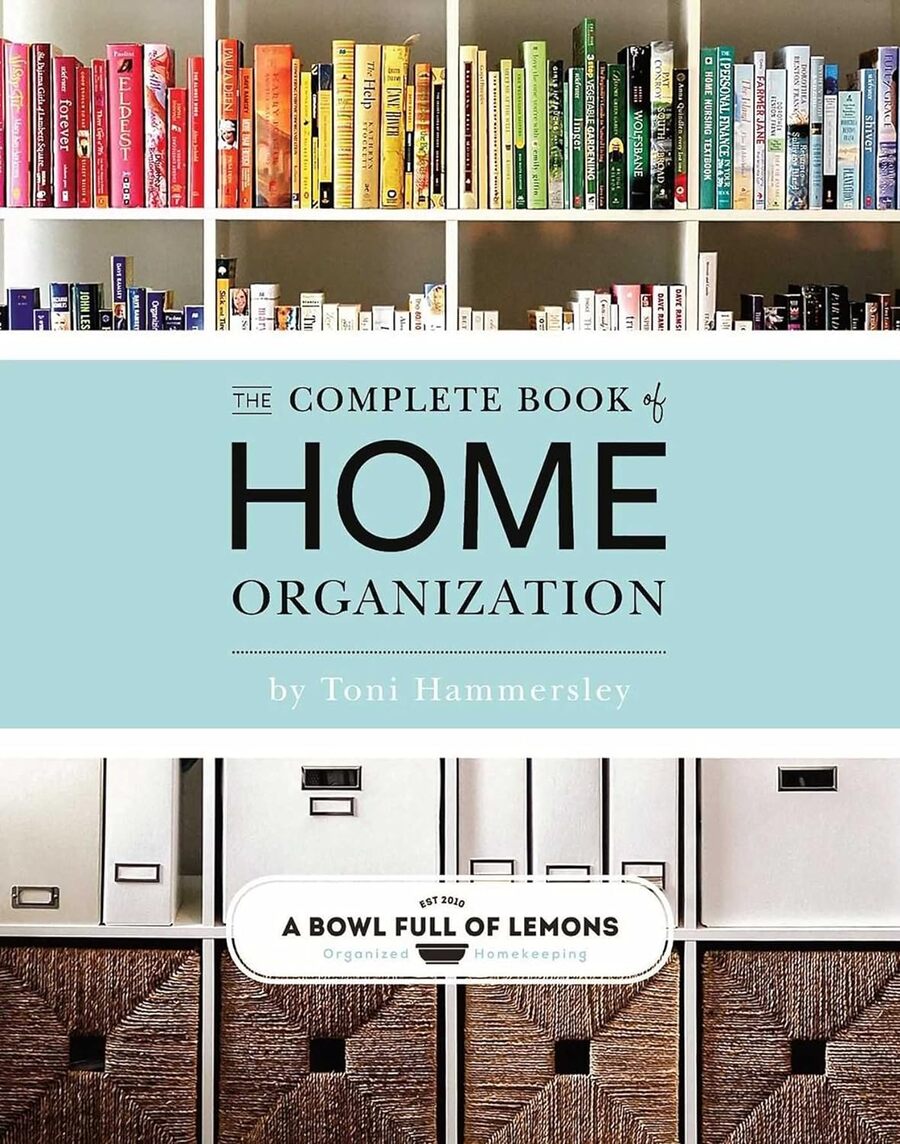The 5 Stages Of Clutter, and How To Break The Cycle to Stop Your Home Getting Overwhelmed
Clutter doesn't just happen, it builds up gradually. Here are some top tips to tackle it before it's too late

Whatever your interior style, whether you’re a minimalist or a maximalist, clutter should never be part of the plan. It’s easy to allow items to gradually build up, which inevitably results in spaces looking cluttered.
Certain areas of the home are more guilty of this than others. For example, hallways are a popular culprit as they can often end up being a dumping ground. Also, kitchen countertops can quickly become untidy with unsightly cords, gadgets and appliances.
To recognize where you may be going wrong when it comes to how to declutter your home, we’ve consulted the experts who have explained to us the five stages of clutter and how you can successfully break the cycle.
1. Accumulation
This is the initial stage where items start to accumulate in your living or working space. It could be due to a lack of organization, impulsive shopping, or simply not putting things back in their designated places.
Professional Organizer Di Ter Avest suggests ‘to break the cycle, you can establish a decluttering routine to assess and purge unnecessary items regularly. One rule to adopt in this case is the ‘one in, one out’ – when you bring in a new item, consider removing an old one’. The mailbox decluttering technique is another method to trial.
2. Disorganization
The second stage of clutter is disorganization. It’s pretty self explanatory but simply put it means ‘I can't find what I'm looking for’. When a lot of stuff accumulates in a certain area, this leads to disorganization which immediately conjures up feelings of frustration.
If you avoid accumulation by minimizing the amount of ‘stuff’ you have in your home then this should deter these feelings from occurring in the first place.
The Livingetc newsletters are your inside source for what’s shaping interiors now - and what’s next. Discover trend forecasts, smart style ideas, and curated shopping inspiration that brings design to life. Subscribe today and stay ahead of the curve.
3. Overwhelm
It’s very easy to feel overwhelmed when clutter starts to build up in our homes. Ben Soreff from H2H Organizing explains it perfectly, ‘since organizing isn't about stuff, it is about time, you realize there is no quick fix to getting your space in order and you have analysis paralysis’.
You can break this part of the cycle by sectioning out your clutter into different categories and tackling it bit by bit. It’s a good idea to do so, before things take a turn for the worst!
4. Chaos
The fourth stage is ‘chaos’ which epitomizes the feeling of when clutter becomes too much to deal with. The feeling of being overwhelmed quickly transitions into being a constant state of anxiety that can unfortunately start to take over your life.
Di explains that if you get to this stage it’s important to recognise what’s fundamentally going wrong. ‘Breaking the cycle of clutter requires a combination of self-awareness, commitment, and practical strategies. It's an ongoing process that involves changing habits and mindsets. Start small, celebrate successes, and gradually incorporate decluttering into your routine to maintain a more organized and peaceful living or working space’.
5. Transformation and Taking Action
Sometimes, things need to descend into chaos before you can recognize what needs to change. The final stage of clutter is a lot more optimistic and requires a change of mindset. Ben says this stage is ‘all about time and reviewing your items instead of just tossing them, throwing them in the attic or buying 50 storage bins’!
Taking action involves physically decluttering a room. This is the stage where you actively remove items, reorganize, and create a more functional and visually appealing environment.
‘If you decide to break this cycle and tackle this on your own, divide larger tasks into smaller, more achievable steps. We always suggest tackling one drawer or shelf at a time, which can be less overwhelming. You can also enlist help from friends or family or a professional organizer for support and accountability’, explains Di.
How do you Maintain a Decluttered Room?

To avoid your home descending into chaos, it’s important to build up daily habits that will help keep your space tidy and organized. For example, having a morning routine where you declutter your space from the night before, which ends in lighting a candle to fill your home with a clean and refreshing scent is a worthwhile ritual.
Also, make sure every item in your home has a place to call home. This means you can easily put things back without having to think about it. The simpler you make things for yourself, the easier it is to keep a clutter-free home.
Learn More About Home Organization With These Books

Becca Cullum-Green is a freelance interiors content creator and stylist. She fell in love with interiors when she landed her first job as an editorial assistant at a leading UK homes magazine fresh out of university. You can find her renovating her 19th-century cottage in the Suffolk countryside, consciously trying not to paint every wall with Farrow and Ball’s ‘Pitch Black’. Her signature style is a mix of modern design with traditional characteristics. She has previously worked for House Beautiful, Grand Designs, Good Housekeeping, Red, Good Homes and more.


